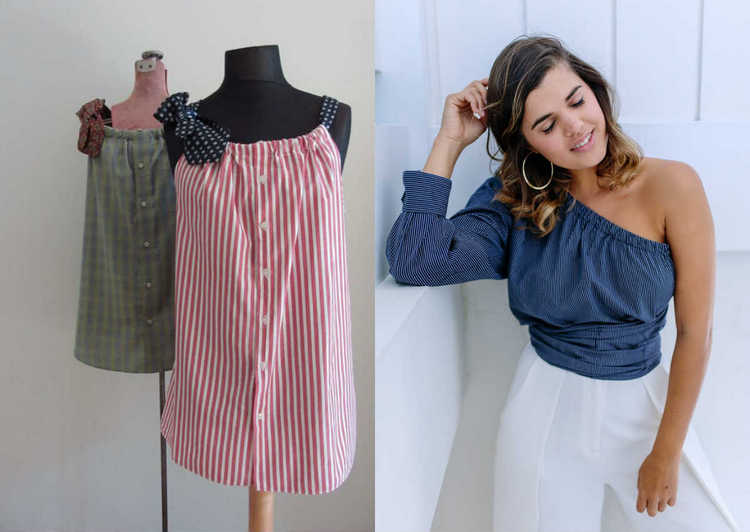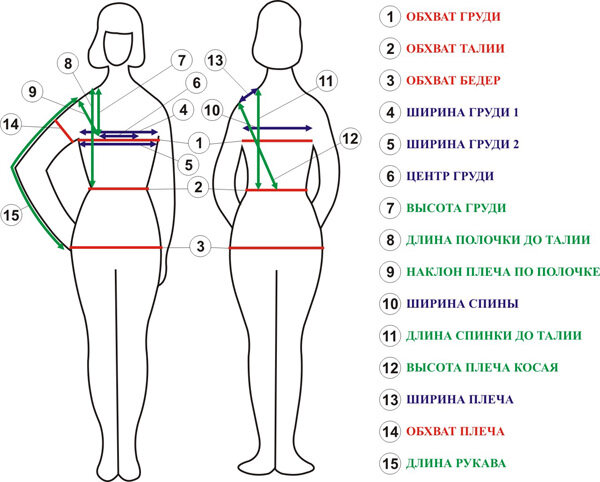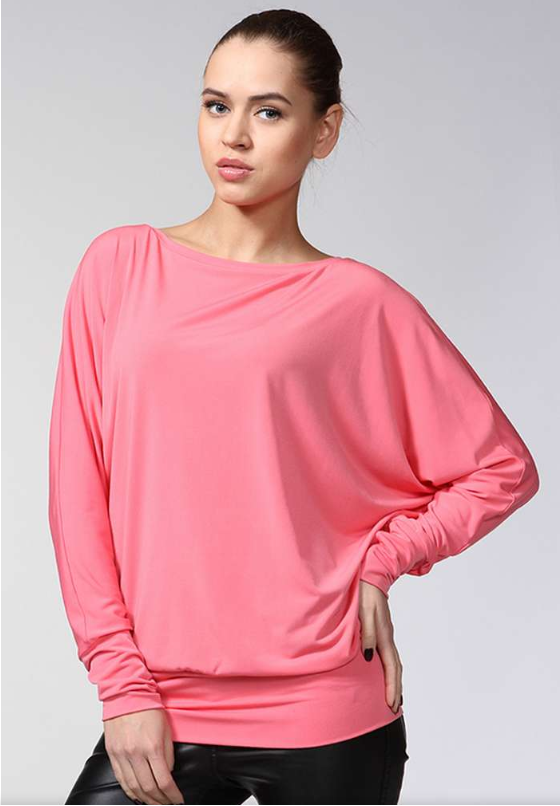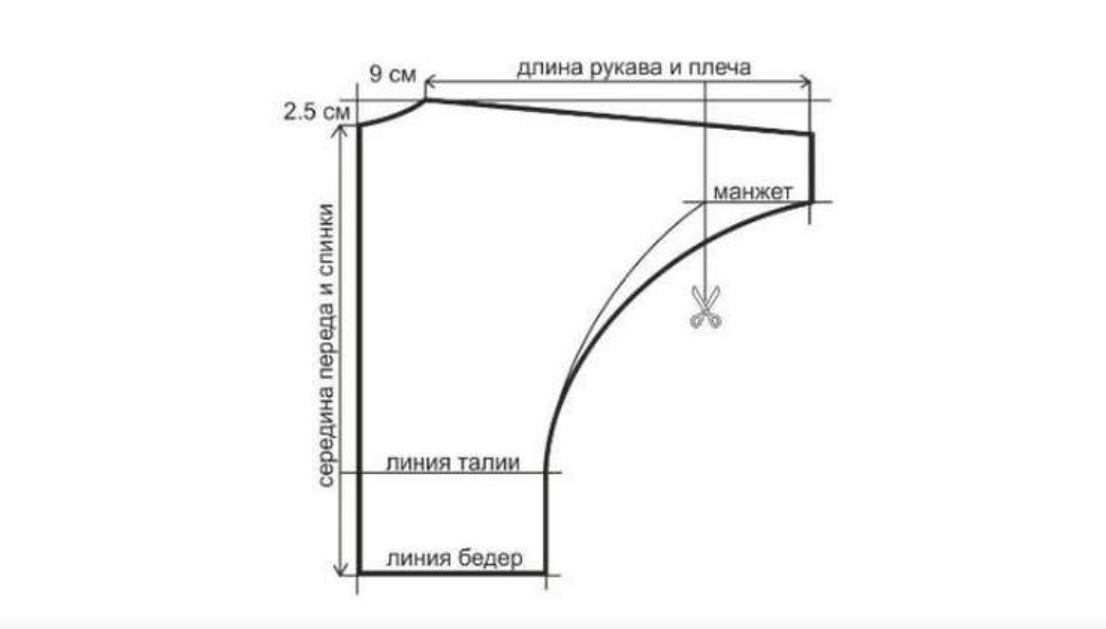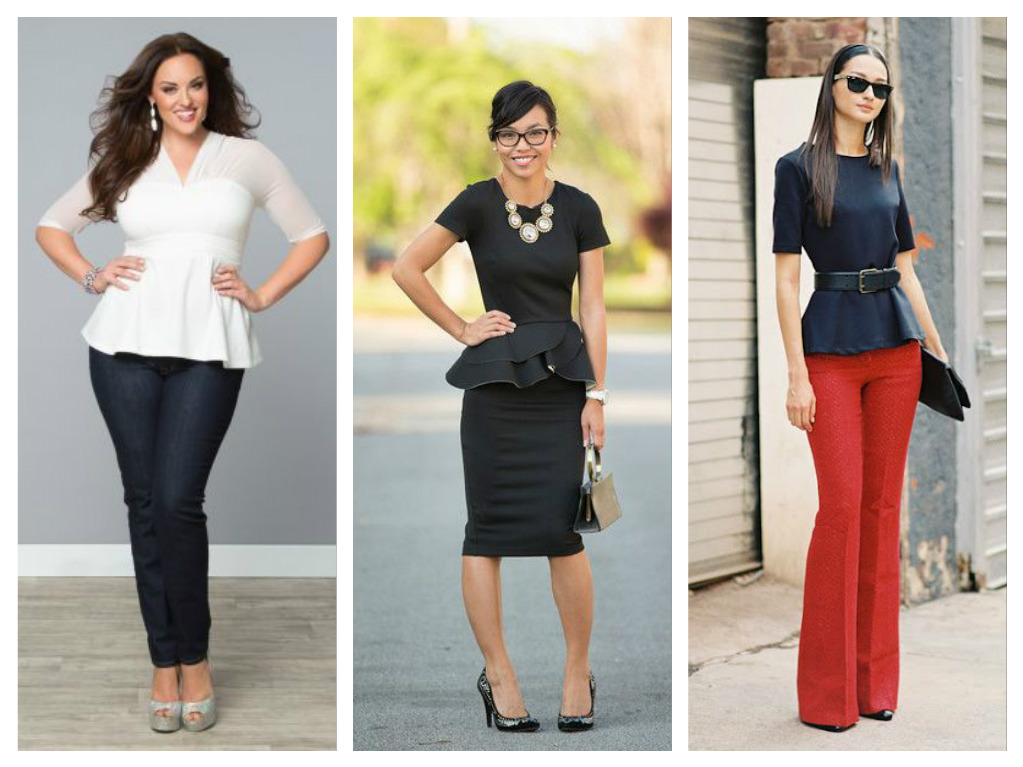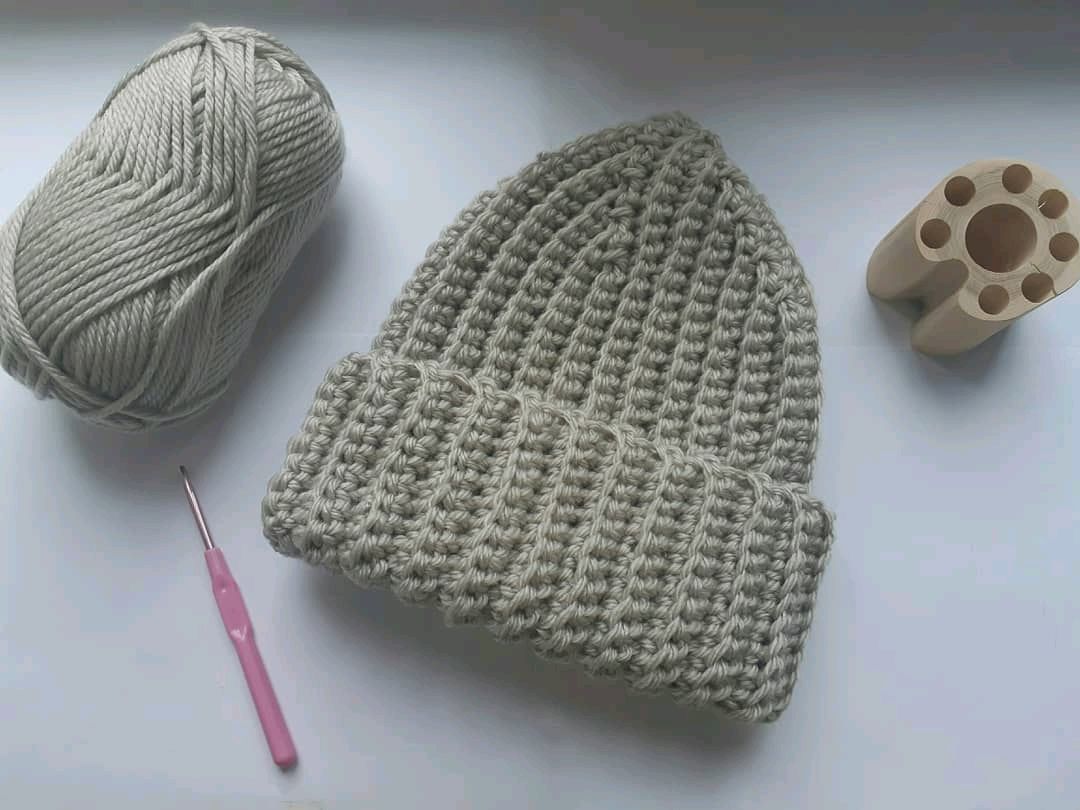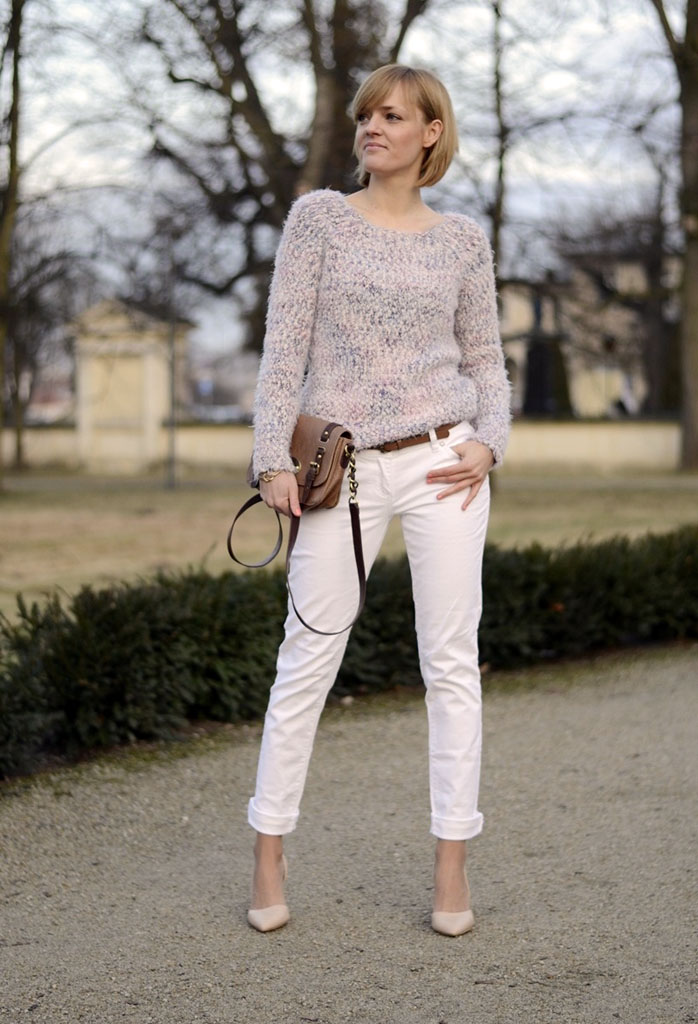Fashionable designer clothes are always relevant. Hand-made items are especially valued. Every home dressmaker should know how to sew a blouse with short or long sleeves. This wardrobe item is distinguished by the simplicity of the pattern, which is easy to adapt to any figure. You just need to choose high-quality material and strictly follow the instructions.
Materials and tools
You can sew a blouse or jacket for the summer from different materials. The main thing is that the fabrics are breathable. You should not take dark colors, they contribute to overheating during prolonged exposure to the sun. Natural textiles are preferable to synthetics.
|
Purpose of clothing |
Suitable material |
| Office | Viscose, wool, cotton, staple |
| Smart | Silk, satin, batiste, chiffon |
Necessary consumables - spool threads for hand or machine sewing, floss for decorating the product, tape for processing edges, neck. You will also need pins to fix the fabric in the desired position when applying the blouse pattern. The required accessories are buttons or a zipper.
The necessary tools are needles, sharp tailor's scissors. To take measurements, you need a measuring tape. Everything for work should be prepared in advance.
If you decide to sew a shirt from denim, you can choose metal rivets as accessories. They will look more organic, compared to classic buttons.
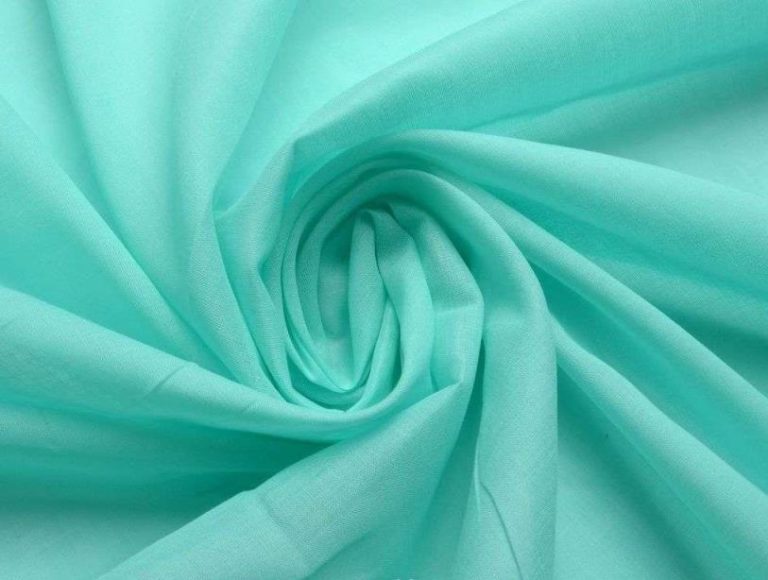
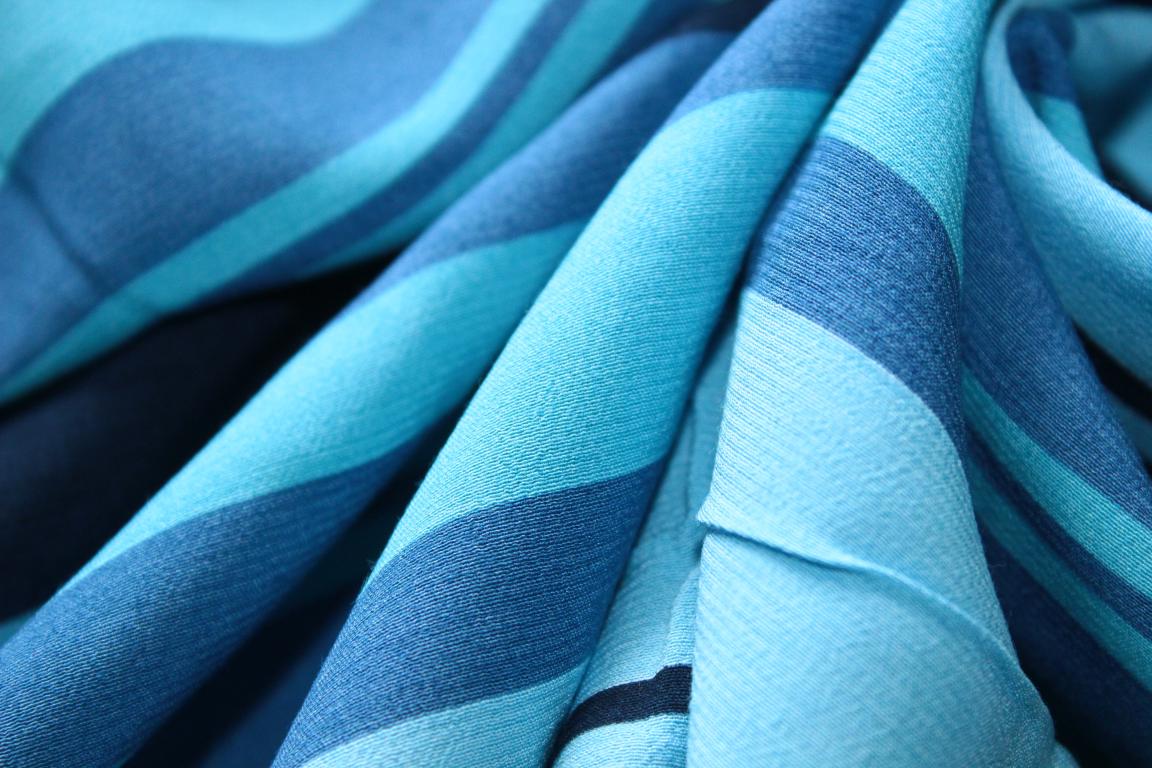
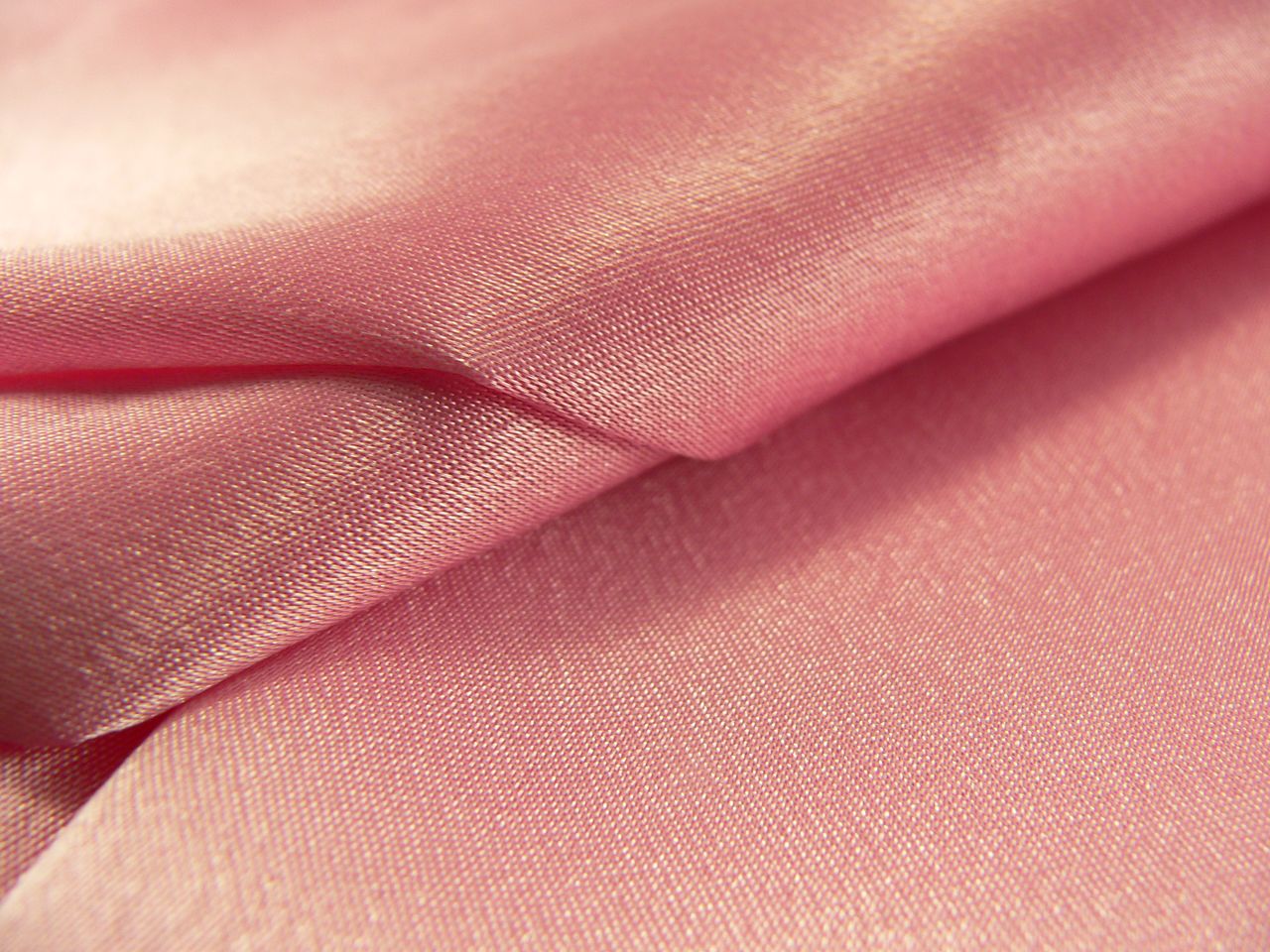

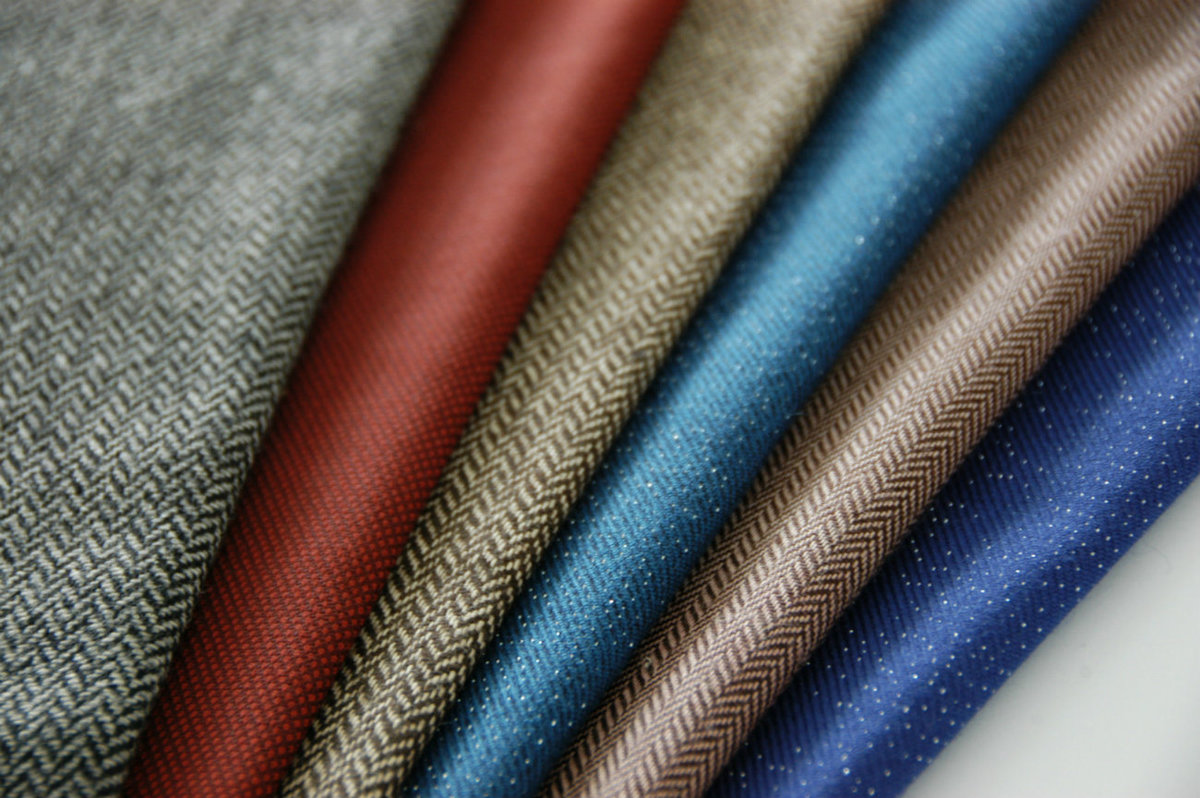


Measurements and calculations
All circumferences, as well as the width of the back, must be taken completely, but recorded in half. All length indicators are taken and recorded as whole. The main measurements needed to construct a pattern for a blouse with a sleeve:
- Chest circumference. The centimeter runs under the armpits, along the most prominent points.
- Neck circumference. Measured at the base.
- Back width. The distance from one shoulder to the other along a straight horizontal line.
- Arm length. From shoulder to wrist, elbow joint slightly bent.
- Length of the product. From the base of the neck down in a straight line to the desired point.
It is quite easy to calculate the fabric. To do this, you need to measure the length of the blouse and sleeves, add these values, add 50 cm. This method is suitable for the standard, most common width of the material of 150 cm. It is also used when constructing a pattern for a blouse for plump women.
You should purchase the required amount of material only after taking all the measurements. You should take the fabric with a small reserve in case of incorrect calculations.
Construction of the basic pattern and cutting
To make a pattern correctly, you should count 10 cm from the upper left corner of the sheet and mark point A. From it, draw a vertical line down and a horizontal line to the right. Next, focusing on point A, sequentially build the length of the blouse, the height of the hips, the width of the armholes and chest. Then make a graphic image of the back and the shelf on paper.
A ready-made pattern of a classic sweater can be easily adapted to your own sizes. It can be found in thematic magazines or online. In order to increase the size of the product, the printed pattern should be cut vertically and horizontally. After that, the finished elements are moved apart and the required number of centimeters are added. When reducing the size, you should cut off the extra centimeters and fold the parts together.
You can make a full-size pattern for sewing women's sweaters with your own hands. To do this, the desired curved shape is drawn on thick cardboard and cut out. Then, markings are applied with a marker. Such a blank can be successfully used to construct a pattern for a simple cut blouse. Also, light-colored plastic is used to make a basic pattern so that the inscriptions are clearly visible.
To transfer a summer blouse pattern to fabric, a paper drawing is placed on the material and pinned to hold it in place. To trace the image, you can use a simple piece of soap, a textile marker, or special tailor's chalk. The main thing is that the lines can be easily washed off.
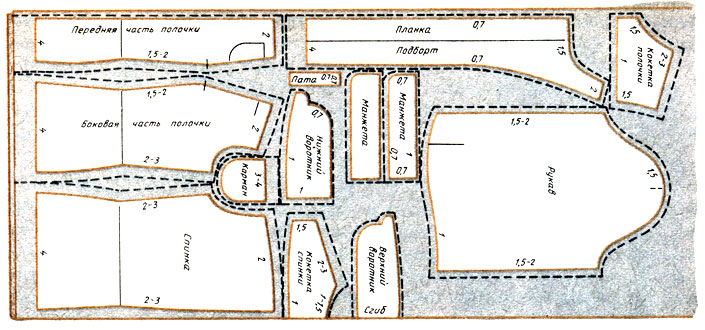
Sewing stages taking into account the model
The design and step-by-step sewing algorithm depend on the style; there are different options for beginners. The easiest way is to make a blouse without a pattern or with a short sleeve. Usually, such clothes are sewn for every day. Experienced dressmakers can safely take on elegant items decorated with a large number of flounces and ruffles.
Simple without a pattern
Such clothes will suit those who like casual style. The work will take a maximum of one evening, because you can do without constructing a blouse pattern. Step-by-step algorithm of actions:
- Take measurements.
- Fold the fabric inside out. Fold in half again.
- Mark 2.5 cm down from the fold and 9 cm to the side. This is the location of the neckline.
- From the neckline, put aside the length of the sleeve and shoulder. For the bevel, measure 2.5 cm down from this line, draw a segment from the edge of the neckline to the end of the sleeve.
- Divide the hip and waist measurements into 4 parts and mark them along the corresponding lines.
- Connect the bottom of the garment and the end of the sleeve with a curved line (this will create a batwing style).
Next, the details are cut out along the contour and sewn together. The front neckline should be deeper than the back. If the blouse is sewn correctly, you will get an original loose-fitting garment with flared sleeves.
With short sleeves
For this option, you will need a pattern for a summer sweater. You can find it on thematic pages on the Internet and adapt it to your own sizes. Sewing blouses is done according to the following algorithm:
- Construct a basic raglan pattern.
- Transfer it onto the fabric.
- Sew the front sleeve pieces to the back sleeve pieces.
- Connect the back of the blouse to the front.
- Sew in the sleeves.
- Finish the bottom, cuffs and neckline with decorative tape.
Finished summer items can be decorated with hand embroidery made with floss. Beads, sequins, and rhinestones are suitable for decoration. Appliques made from pieces of leather or fur, as well as crocheted flowers, look spectacular. Before sewing a blouse, these points must be thought through.
Beginner dressmakers should not make a line without basting. You can start making seams only after preliminary fitting and adjustment to the figure, the risk of making a mistake with the sizes is too high. For the first works, it is better to choose knitted fabric. It stretches well and easily adapts to any individual features.
You can use bias tape to decorate the neckline and edges. If the outfit is designed in an ethnic style, a bright satin ribbon is perfect for this purpose. In this case, its ends should be pre-singed on the fire so that the edges do not crumble. Trimming with a ribbon with an ornament looks interesting; such decor looks original and fresh.
The stitches should be done with some allowance, then the finished product will not be too tight. The line should match the basting. The thread tension is set moderately (4-5). It is important to choose the right type of line and step size. To do this, it is better to take scraps of material and try different seam options.
The style of a blouse without a pattern can be any. The easiest way to sew a sleeveless product is to make it a wonderful addition to your spring-summer wardrobe. The color scheme should be chosen according to your personal preferences. Dark or pastel colors are more suitable for the office, and bright colors are more suitable for home and daily walks.
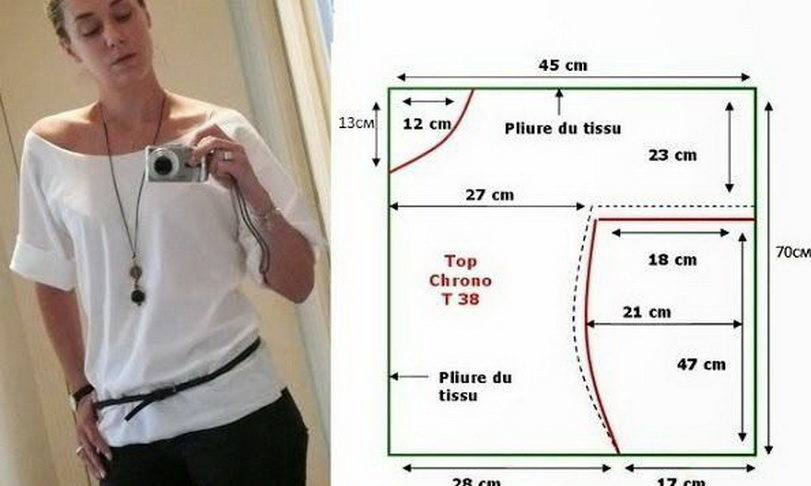

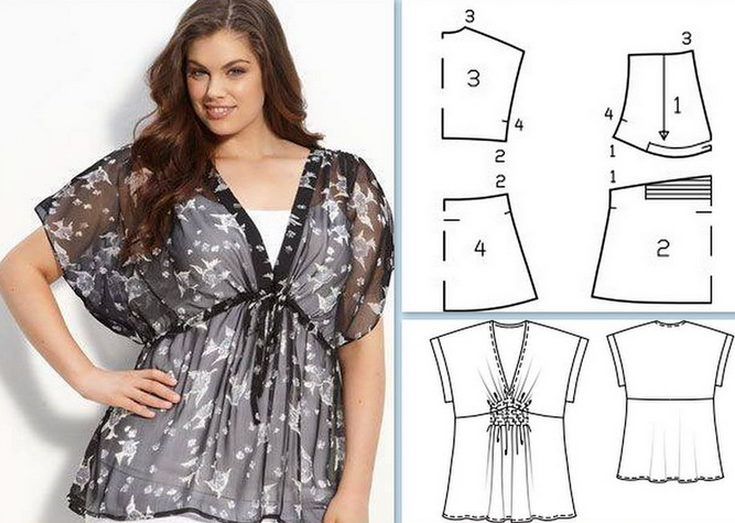

Video

